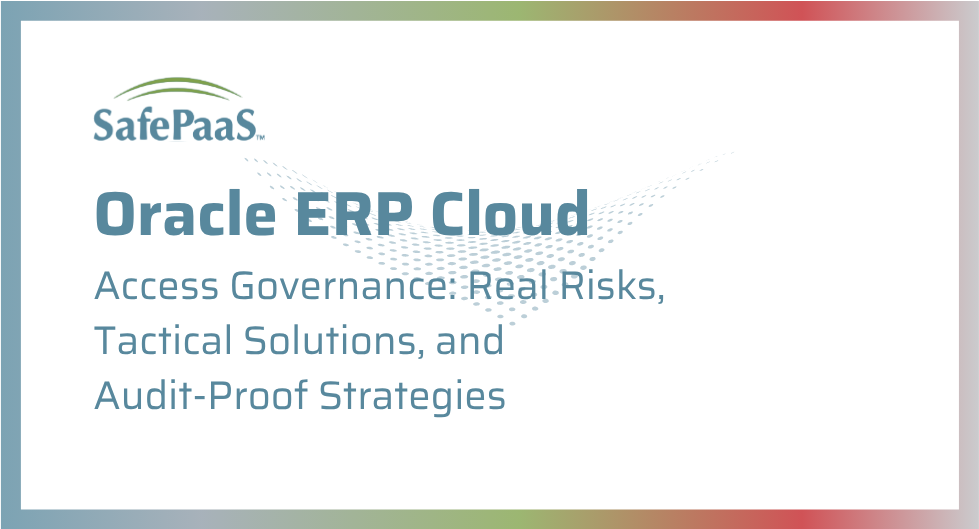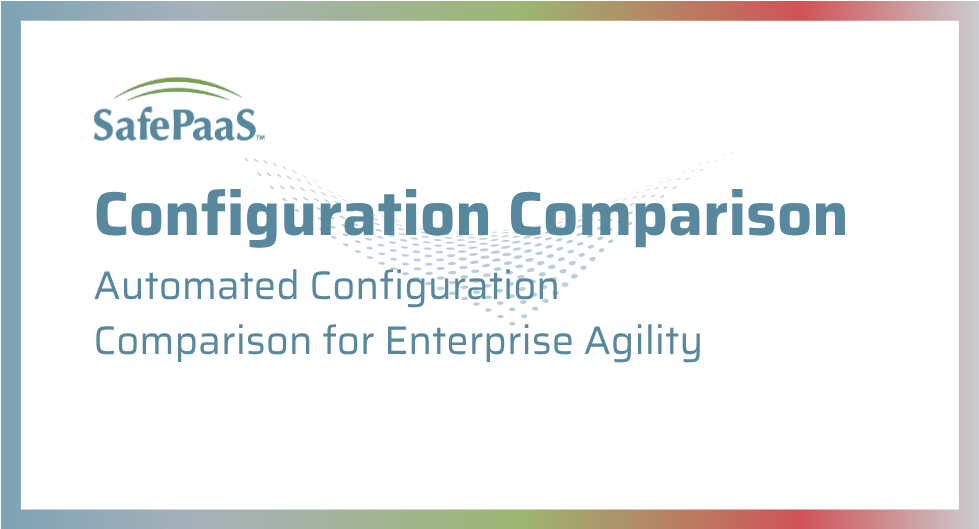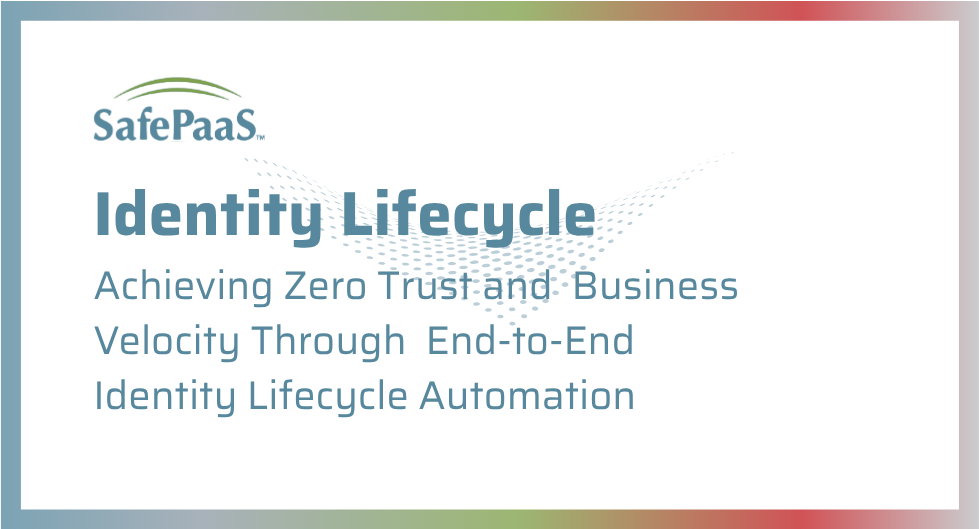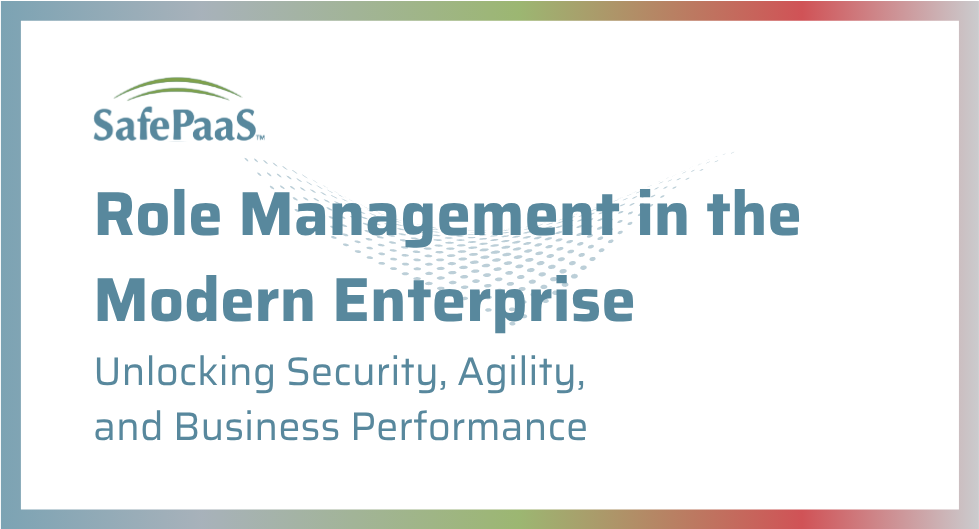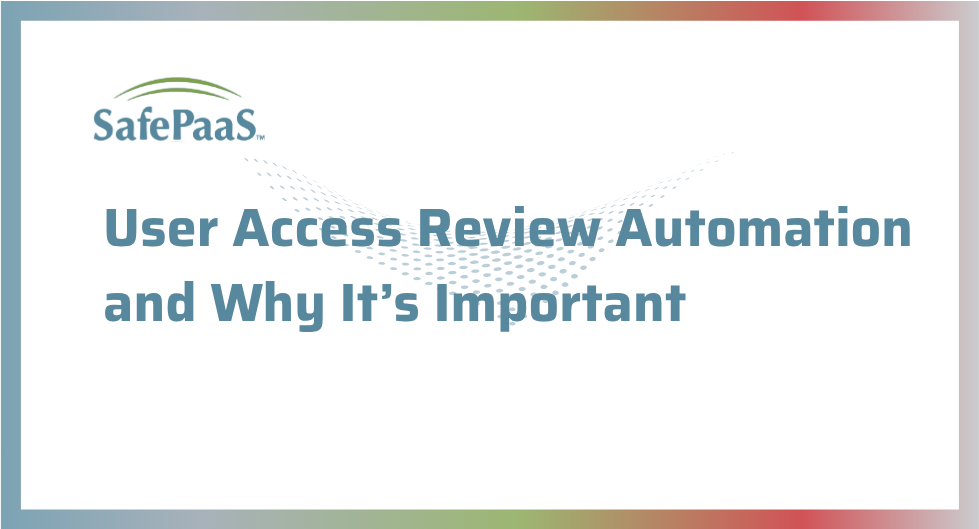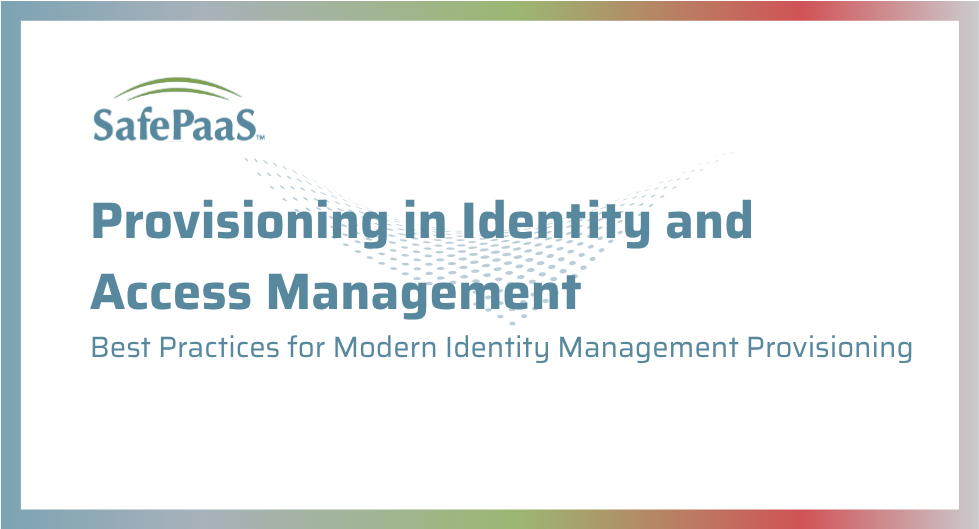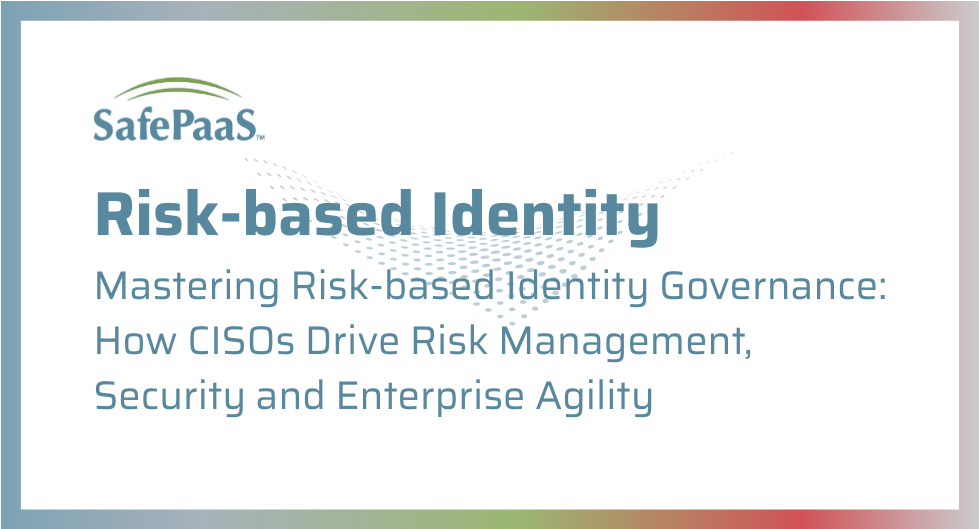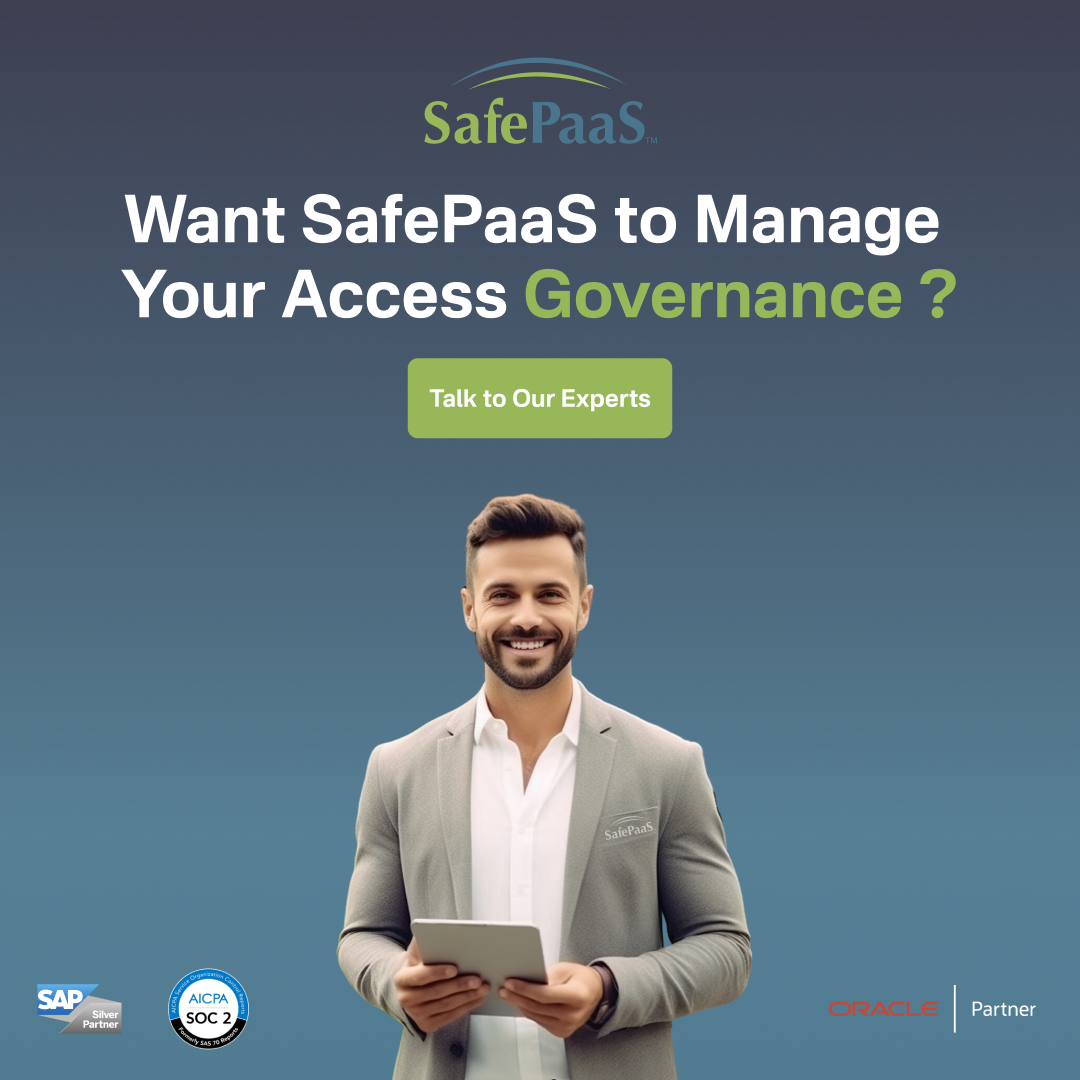Suppose you’re managing or advising on Oracle ERP Cloud. In that case, you already know the battle: staying audit-ready, minimizing fraud exposure, and keeping business processes humming, all while wrestling with the complexity of cloud-based access controls. SafePaaS has explored this topic in one of its webinars, exposing the five biggest governance challenges and offering straight-talking solutions. Here’s our breakdown, with insight and some hard truths every enterprise security leader should hear.
Challenge #1: Segregation of Duties – Toxic Roles Lurking Beneath the Surface
Let’s start with what keeps auditors and CISOs up at night – segregation of duties (SoD). Oracle uses hundreds of standard (seeded) roles and thousands of privileges, designed for agility but loaded with risk. You inherit a standards-based RBAC model, but with it comes hidden “toxic combinations.”
Picture this: A Supplier Manager role, by default, can both create and pay suppliers. In theory, that streamlines operations. In practice, it’s an open door for fraud. And when implementation partners skip redesigning or realigning roles, these conflicts persist. Customers find themselves six months and a hefty budget deep into deployment, only to uncover SoD gaps that threaten financial statement integrity and leave them scrambling ahead of audits.
What’s worse, manual enforcement doesn’t cut it anymore. Old habits like spot-checking spreadsheets, running BI reports generate more noise than signal. With modern attack surfaces exposed to the internet, that’s a recipe for missed risks and blown audit budgets.
Strategy: Bake SoD assessment and automation into pre-production, not after the fact. Invest in continuous SoD monitoring. Auditors now want evidence, control by design, not crisis management when findings surface.
Challenge #2: Excessive User Privileges – The Slow Burn of Role Creep
Thousands of privileges, tens of thousands of possible role assignments. In the trenches, it’s easy to over-provision users, especially when mass onboarding happens via help desks, spreadsheets, or even sophisticated self-service tools. “Just give them all the access—they’ll need it eventually.” Sound familiar?
Here’s the risk: That temp contractor for quarter-end closes who was supposed to have limited rights? They’re long gone, but their broad access isn’t. Six months later, an audit reveals they could approve invoices, change financial terms, or access sensitive reports. This isn’t just a theoretical risk; a lack of least-privileged access is recognized by fraud examiners as a top enabler of internal fraud, often committed by good people with access that exceeds oversight.
And role creep isn’t a one-off problem; it’s endemic. The joiner, mover, leaver lifecycle perpetuates access bloat in nearly every organization that lacks automation. Even robust provisioning tools can miss application-level or privilege-based controls, especially in multi-cloud, multi-SaaS environments.
Strategy: Make risk-based provisioning and continuous access review the default. Don’t just automate joiner-mover-leaver events—close the loop with evidence and timestamped audit trails. Contextualize access by business need, region, and operational hierarchy. Preventive controls beat detective controls; the cost to clean up uncontrolled access (and its consequences) is always higher.
Challenge #3: Orphaned and Inactive Accounts – The Audit Red Flag You Can’t Ignore
Every time HR offboards an employee, are you sure their system access disappears as fast as their keycard? In reality, orphaned accounts remain. The disconnect between HR, ticketing, and ERP systems means that account revocation lags behind organizational changes.
A striking example highlighted in the webinar is that a midsized healthcare client discovered over 300 inactive accounts out of just 4,000 users, with dozens still linked to former employees. In larger environments, this can balloon into the thousands. These inactive accounts are prime targets for malicious actors and accidental errors alike. Shared or generic IDs muddy the system logs, generating false positives and complicating investigations.
And the root cause? No one owns the end-to-end evidence trail. Multiple teams “handle their piece,” but gaps remain open; ticketing systems tell you what should happen—not what did.
Strategy: Automate joiner-mover-leaver controls across HR, service desk, and ERP systems. Revoke access within 24 hours. Anything longer is an open invitation to risk. Track every removal with timestamped, auditable logs. Governance isn’t just about tools; it’s about disciplined, cross-team process enforcement.
Challenge #4: Limited Visibility – Answering “Who Has Access?” Without the Binder
Here’s a simple question auditors love to ask: “Who has access to what?” For too many organizations, answering this takes days of digging through dashboards, BI reports, and clunky spreadsheets—and still comes up short.
Oracle ERP Cloud’s sophisticated context: roles, regions, hierarchies, and security elements, makes the answer anything but straightforward. False positives abound. Leadership wants clean, consolidated, audit-ready pictures of risk; instead, they get “noise-to-signal” ratios that undermine trust in controls.
Auditors often resort to the “substantive audit” mode, exponentially increasing the scrutiny and cost. The board’s attention span is short; burdening them with a binder full of access findings erodes credibility, business agility, and morale.
Strategy: Invest in cross-platform access analytics. Dashboards should be audit-ready, not just operational summaries. The latest AI-enabled platforms (like SafePaaS) let you ask granular, privilege-level questions in plain language and get reliable answers, cutting external audit prep time and clarifying the risk landscape for executives. Visibility is more than data volume; it’s actionable, contextual clarity.
Challenge #5: Continuous Compliance – Keeping Pace With Change Management
Cloud environments evolve rapidly, patches are deployed automatically, features roll out on the fly, access reviews and policy changes occur far more frequently. While these dynamics drive agility, they also break old habits. Point-in-time “certifications,” often performed every six months or quarter, miss the window for catching real risk, leaving days or months of exposure between reviews.
Modern audit and compliance needs demand real-time monitoring. Change management must account for both human and bot-driven updates, ensuring that every adjustment flows instantly into the evidence trail. If audits only verify access at fixed points, they’ll miss fraud that occurs in between, potentially misreporting financials or failing regulatory standards.
Strategy: Shift to continuous monitoring and access certification. Implement detailed change tracking that distinguishes system versus user-driven updates. Use automation to reconcile ticket logs with actual system changes, and ensure dashboards surface audit-ready evidence, not just historical trends.
Audit-Proofing Oracle ERP Cloud: Moving From Risk to Business Value
So, where does this leave enterprise teams? Access governance in Oracle ERP Cloud is no longer just a compliance checkbox; it’s a top-line business priority. Risks are real and operational. The cost of getting it wrong is reputational damage, compliance fines, operational slowdowns, and strained board relationships.
The proactive path means combining robust automation, well-defined policies, and leadership commitment to governance design. Don’t wait for the next wave of audit findings – use platforms that deliver cross-system visibility, privilege-level clarity, and actionable reporting.
If uncertainty remains about your security posture, don’t let the next audit (or exploit) define your strategy. SafePaaS is leading with AI-driven dashboards and policies fit for dynamic, multi-cloud realities.
